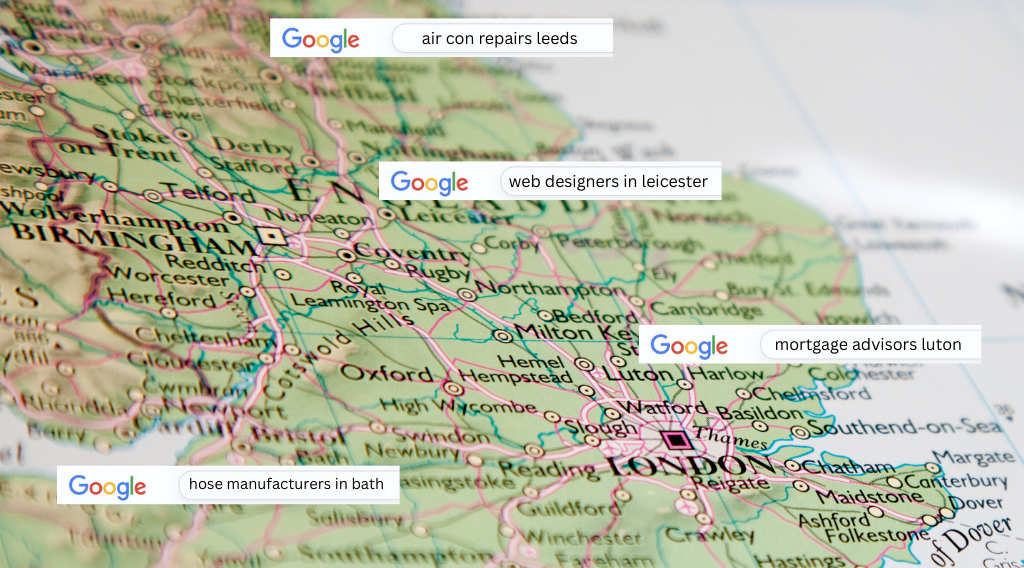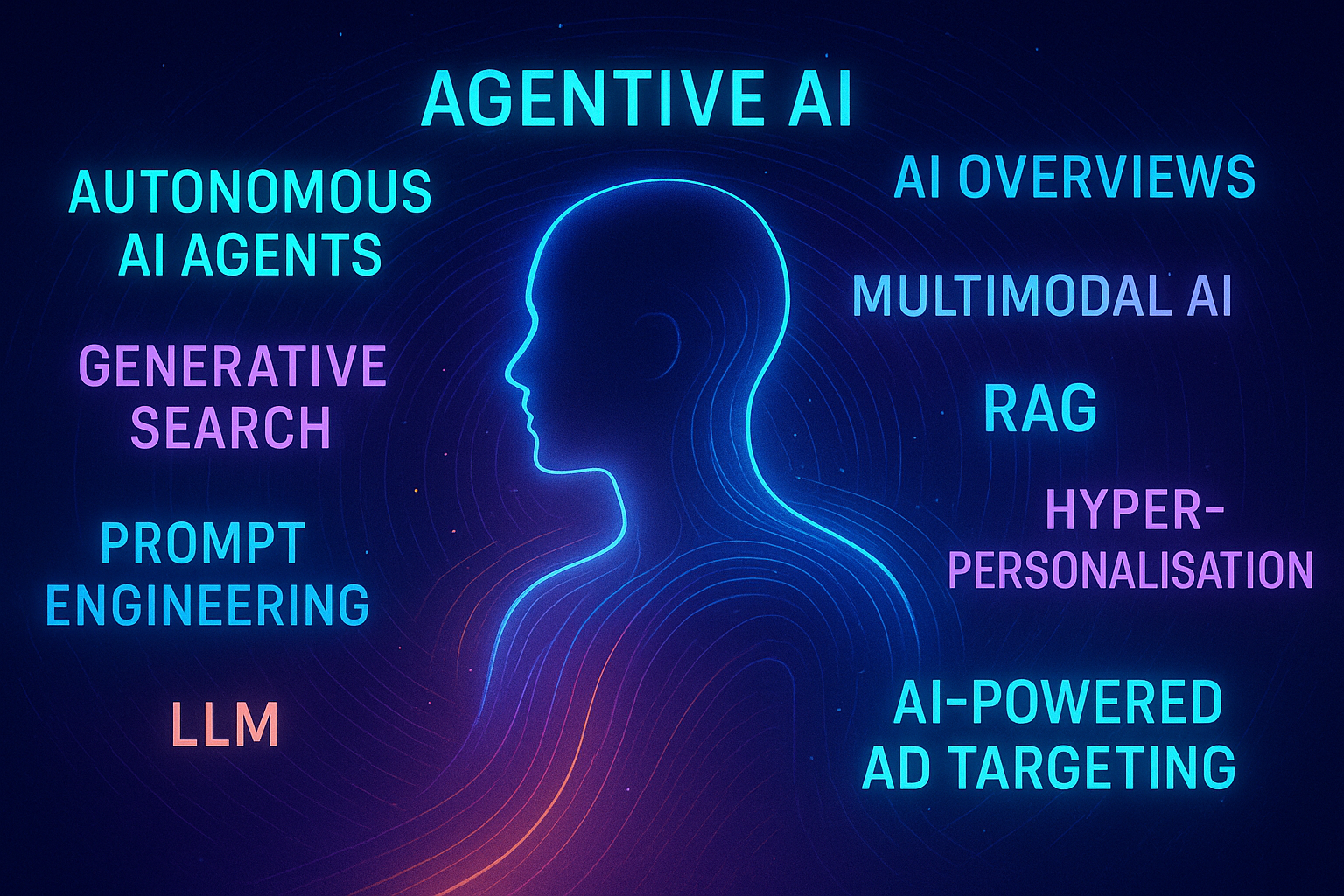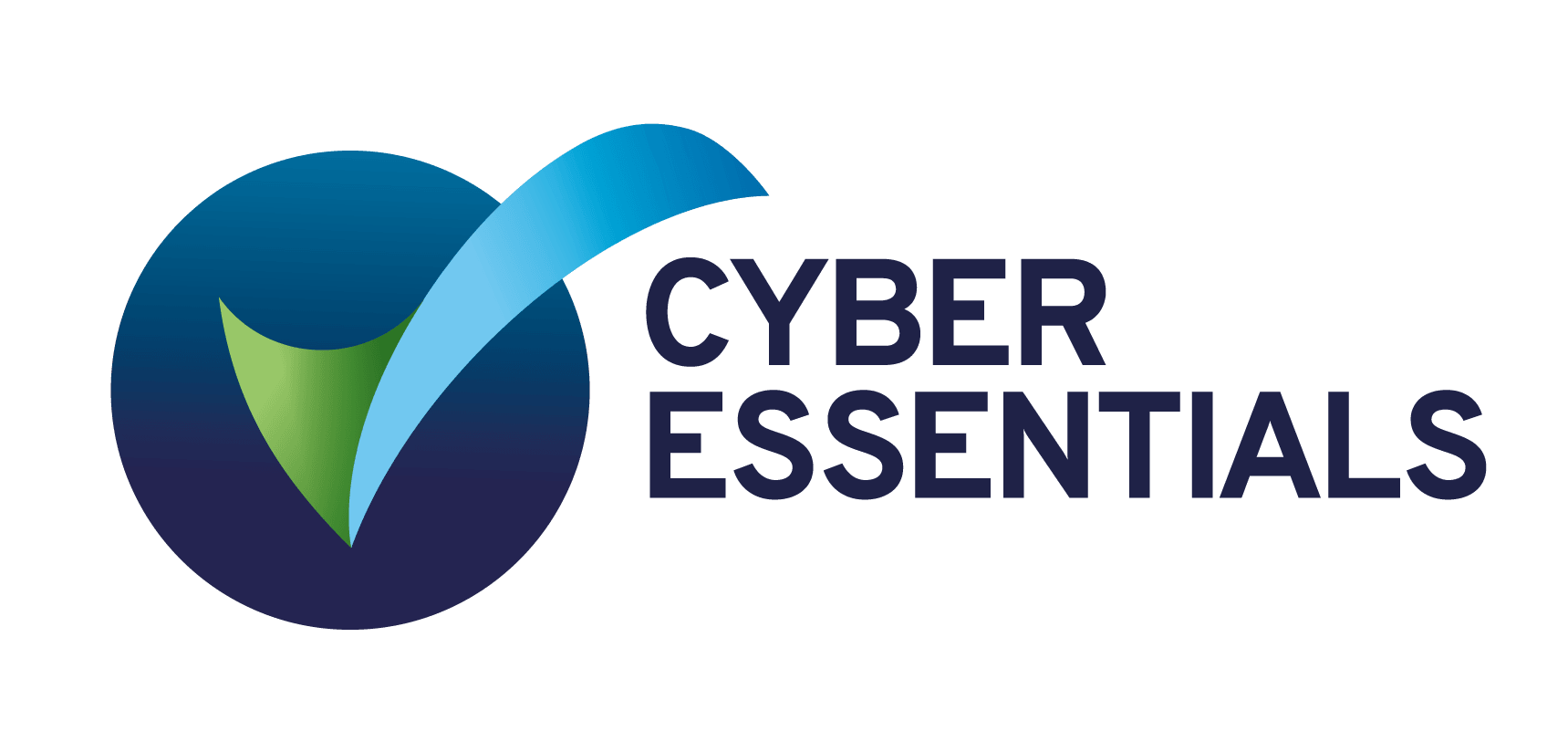Maximising ROI: How to Reduce Pay Per Click Costs Without Sacrificing Results
Maximising ROI: How to Reduce Pay Per Click Costs Without Sacrificing Results
Are you tired of burning through your marketing budget on pay per click ads with lackluster results? It's time to take control and maximise your ROI. In this article, we will show you proven strategies to reduce your pay per click costs without sacrificing the results you desire.
Many businesses make the mistake of thinking that the only way to generate leads and increase sales is by spending a fortune on PPC advertising. However, with the right approach, you can significantly cut down your advertising costs while still achieving your marketing goals.
From optimising your keywords to improving your ad quality score, we will guide you through the most effective techniques to lower your costs and increase your conversion rates. By implementing these strategies, you can avoid wasting money on irrelevant clicks and start attracting the right audience who are ready to engage and buy.
So, if you're ready to make the most of your
PPC budget and ensure every pound you spend delivers real value, dive into this article and start maximising your ROI today.
Understanding pay-per-click (PPC) advertising
Pay-per-click (PPC) advertising is a digital marketing strategy that allows businesses to display ads on search engine results pages (SERPs) and other relevant websites. With PPC, advertisers only pay when a user clicks on their ad, making it a cost-effective way to drive targeted traffic to your website.
To understand how to reduce PPC costs without sacrificing results, it's crucial to have a solid understanding of how PPC advertising works. When a user performs a search query on a search engine, the search engine's algorithm determines which ads are displayed based on various factors such as relevance, bid amount, and ad quality score.
The bid amount refers to the maximum amount an advertiser is willing to pay for a click on their ad. The ad quality score, on the other hand, is determined by factors such as click-through rate (CTR), ad relevance, and landing page experience. By optimising these factors, you can improve your ad's position and reduce your costs.
By carefully selecting keywords, creating compelling ad copy, and optimising landing pages, you can increase the chances of your ad being displayed to the right audience and improve your ad quality score. This, in turn, can help you reduce costs and maximise your ROI.
Importance of maximising ROI in PPC campaigns
In any marketing campaign, maximising return on investment (ROI) is crucial. However, it becomes even more critical when it comes to PPC advertising, where every click costs you money. Maximising ROI in PPC campaigns involves finding the right balance between cost and results, ensuring that every dollar you spend delivers the desired outcome.
Reducing pay per click costs without sacrificing results is not about cutting corners or compromising on the quality of your campaigns. It's about making smarter decisions and optimising every aspect of your PPC strategy to get the most out of your budget.
When you maximise your ROI in PPC campaigns, you not only save money but also improve the overall effectiveness of your marketing efforts. By focusing on attracting high-quality leads and converting them into customers, you can achieve better long-term results and sustainable business growth.

Conclusion: Implementing cost-saving strategies for long-term success
Reducing pay per click costs without sacrificing results is crucial for maximising your ROI and ensuring long-term success in your PPC campaigns. By implementing the strategies outlined in this article, you can optimise every aspect of your PPC strategy and achieve better results while minimising costs.
Start by understanding how PPC advertising works and the importance of maximising ROI. Analyse and optimise your keyword selection to attract the right audience and improve your ad quality score. Focus on creating compelling ad copy and optimising your landing pages for better conversions.
Monitor and adjust your bid strategies to get the most value out of every click. Utilise ad extensions to increase your click-through rates and target specific audiences to reduce costs. A/B test different elements of your campaigns to make data-driven decisions and continuously improve your performance.
By adopting these cost-saving strategies and staying vigilant in monitoring and optimising your campaigns, you can reduce your pay per click costs while still achieving your desired results. Remember, every dollar you save on PPC advertising can be reinvested into other areas of your business, driving further growth and success. Start implementing these strategies today and start maximising your ROI.















